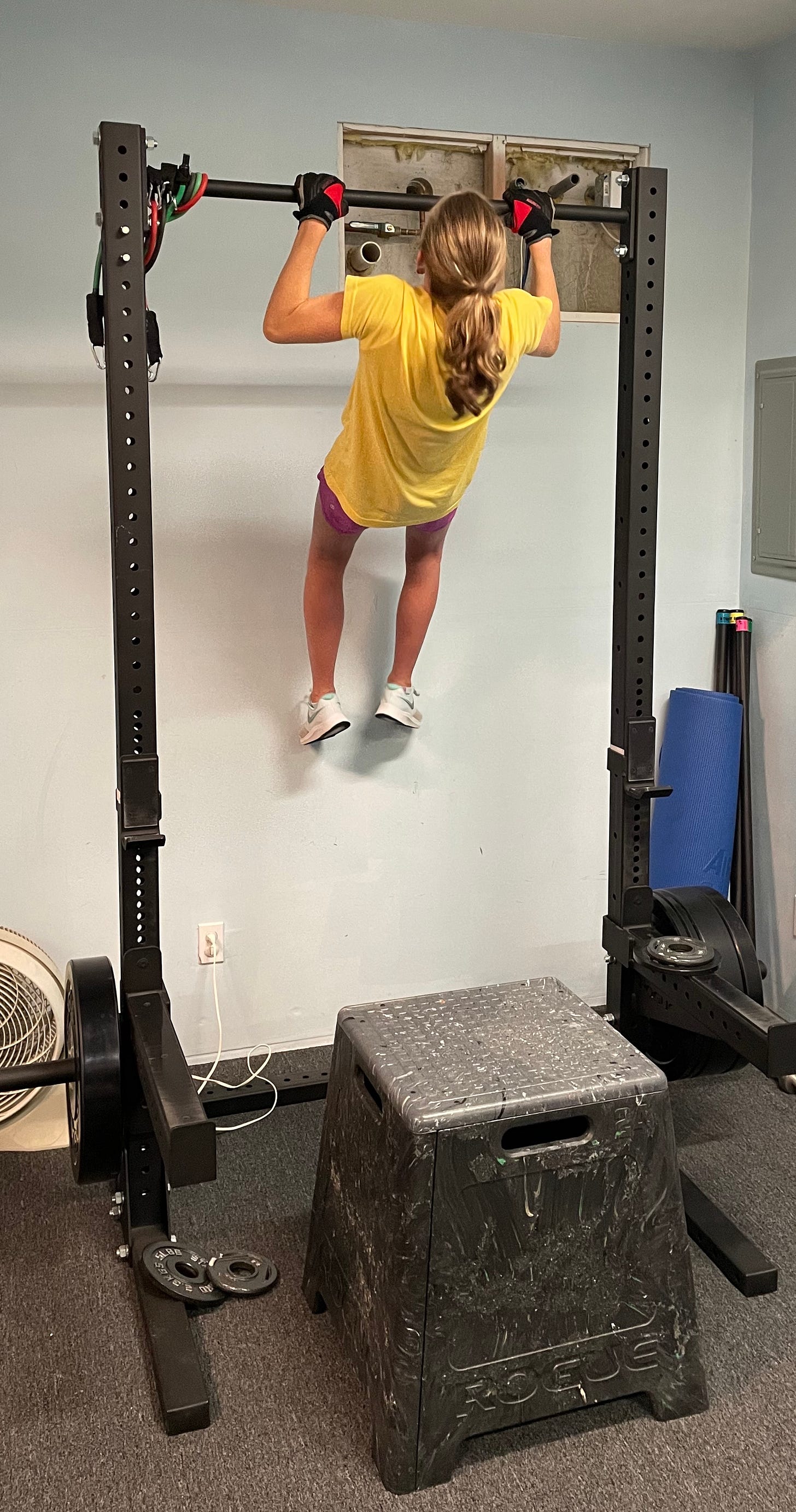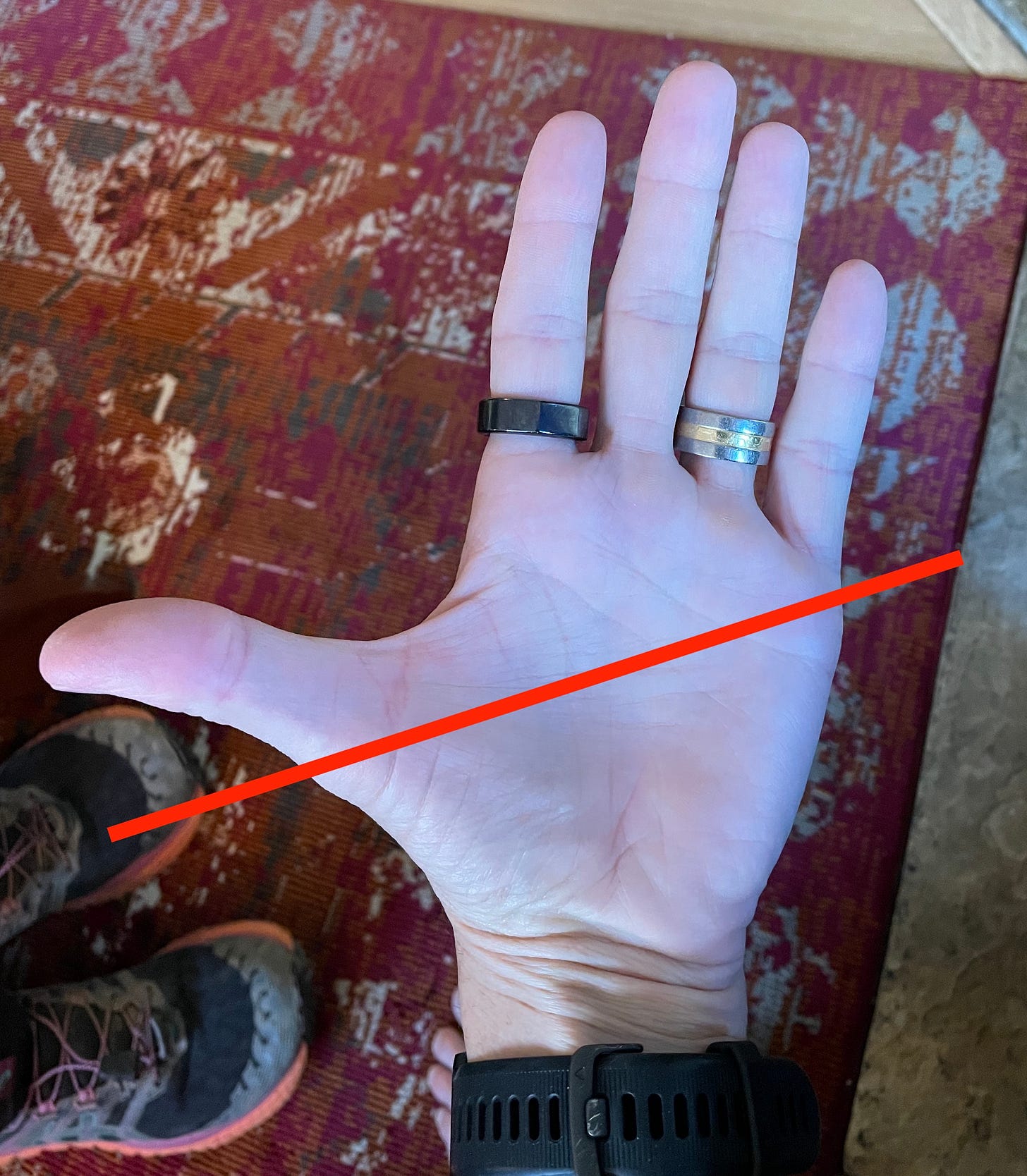
Last time, I shared a Lower Body Program to get you going. The basic program is the bare minimum you need for Lifelong Athleticism.
Now, like Coach Hellemans advises us, it’s time to make things a little more specific to the demands of your event.
For example:
What is another name for “alternating single-leg leg press while doing a seated row iso?”
Cycling.
How can we improve the power phase of a novice swimmer’s freestyle?
Standing Straight Arm Pulldowns.
When you are in the gym, be thinking about your ultimate goal => improved athletic performance.
Program Outline
Let’s change up the Lower Body Program and give you a Whole Body option.
A/ How long do I need to train?
Aim for 30-40 minutes of focused work.
20-30 reps per exercise split into 2-3 sets
Focus remains on lower body compound exercises
Focus remains on total weight moved
Short rest between sets
If you are going heavier then use supersets where you alternate between a lower body set and an upper body set
B/ What should I be doing?
Back Squat (or Goblet Squat)
Leg Press Sled - Do Work Here
Seated Row (see important notes below)
Horizontal Pull Ups are a home gym alternative
Hamstring Curl (Prone, Machine)
Lat Pulldown (Machine) or Pull-Ups (Assisted OK)
Leg Extension (Machine)
Hamstring Hell, if no hamstring/extension machines available
Tricep Extension (Machine) or Dips (Assisted OK)
Bench Dips are a home gym alternative
Standing Calf (on Wedge or Step)
Hinge Lift / Split Squat / Hip Bridges
Set Up A Circuit - go through twice - light loads
Specific Exercise Tips
I’m not going to repeat the Lower Body Tips, you can find those HERE
Standing Straight-Arm Pulldown
Tips to make this specific to swimming:
Use a flat palm with the thumb pointing out at a 90-degree angle.
Have the bar running at a slight angle (just below the base of the pinky to just below the base of the thumb). Point your forearms slight inwards to achieve this position.
You are now in the power phase of your freestyle (or fly) stroke.
At All Times, maintain alignment between fingers-wrist-forearm-elbow. We want you mimicking the power phase of your stroke.
If you have the shoulder mobility then keep your elbow slightly higher than your wrist (relative to the ground). This would be a little higher than what you see in the video.
Maintain excellent form in the negative phase of the movement, ie when the bar is rising.
Bonus points for slightly more lean than the video. Again, making it more swim specific.
Seated Row
This is about making you stronger when climbing on the bike and improving scapular control.
Bike. Use an attachment that closely mimics your hand position when you are pulling backwards on the drops, with thumbs pointing forward.
Swim. Before commencing the “row,” let your shoulders roll forward, then pull your shoulder blades backwards and together. Do this movement without changing your torso angle. This makes the “row” a two-stage exercise.
Don’t rock your body. Use less weight if you catch yourself swinging the weight up by moving your torso backwards.
Lat Pulldown
Same idea as the row, two-stage movement. This time in a different plane.
Phase One: let your shoulders “rise to your ears” then pull your scapula down and together.
Phase Two: with a proud chest, pull to the front, as far down as you can go with your scapula down/together.
Breathe in as you pull down.
Tricep Extension
We want to mimic the movement pattern at the end of your stroke. Swim cords are excellent for mimicking the entire swim movement. However, I’d rather have you in the water swimming.
In the gym, you’ll be able to come close with a bent bar that has your thumbs pointing slightly upwards.
Like the straight arm pulldown, lean your torso to make the movement more swim specific.
Because I have to grab the “rope,” I prefer to use a bar. This lets me have my hand open, with my thumb pointing at a 90-degree angle to my palm.
Keep it simple.
Get in, do work, get out.
Don’t let complexity prevent you from making gains.
PS => no bench, no apologies. If you think you need chest work then do push-ups on an easy run.
Back to Table of Contents




